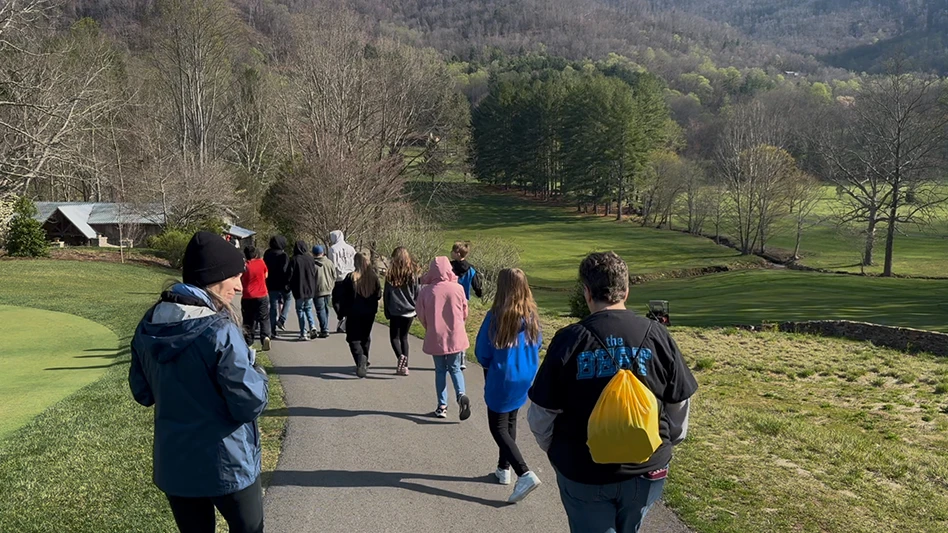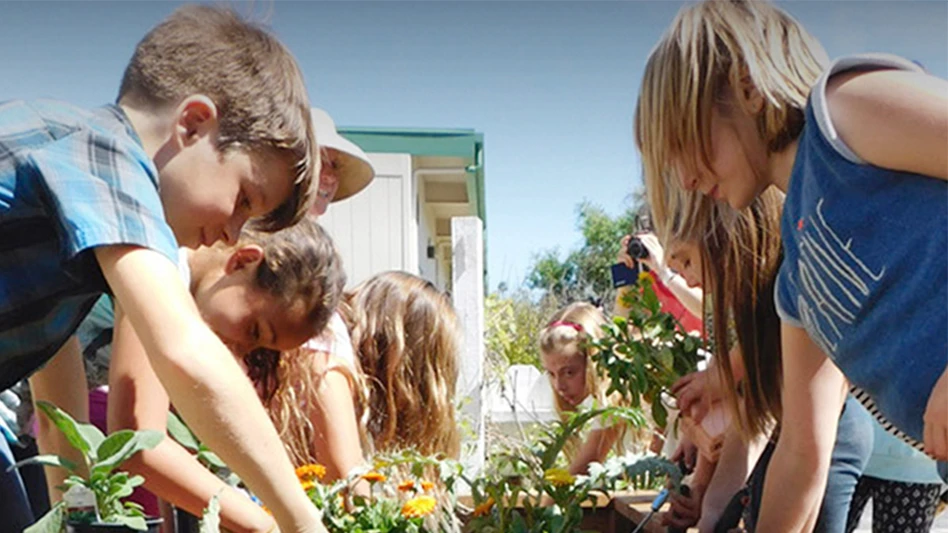
 Jeffrey D. Brauer |
Last month, we discussed speed of play in course presentation, with a promise to provide real-world “fast-play” tips this month. I realize some of these apply to new courses, or those undergoing renovations, including re-routing. Others apply to any course. An asterisk denotes a recommendation that probably goes against the very soul of most architects. Routing 1. From a speed of play perspective:
i. *Consider fewer par-3 holes ii. Place the first par 3 as far back as the 6th hole, or iii. *Consider starting with a par 3 (put one bottleneck before starting) iv. Never follow a par 5 (holds three groups) with a par 3 (holds one group). d. *Eliminate “go for it in two” par 5’s and “drivable” par-4 holes. e. *In general, make hard holes easier and easy holes harder. 2. Provide efficient circulation: a. Golfers must walk ahead to the next tee, never back into play. b. Shorten distance from green to next tee. 3. Shorten the course – longer courses equal longer playing times. 4. Provide wide play corridors possible to keep shots in play; a. 50 yards is narrow b. 60 yards is minimum c. 70 yards still causes about 25 percent of lost balls d. 75-80 yards contains most shots within the trees or native grasses. 5. Avoid forced carries, especially on fairway shots. Fewer problems occur on tee shots: a. Par-3 holes (shorter club, ball on tee) b. Long holes, if rare, and carry distance is ½ of expected drive (60 to 80 yards from forward tees where we expect 120 to 140 yard drives)
Tees 1. Use multiple tees, proportional to play length (the 180-yard hitter should play a course 66 percent the length of a 240-yard hitter). 2. Use multiple tees to ease angles of play, reduce dog-leg angles and reduce forced carries (place ahead of hazards, outside of doglegs). 3. Rectangle shape tees should be carefully aimed to help alignment: a. Down center of fairway center. b. Slightly left to help allow for the typical slice.
Greens 1. Design with a fairway approach right up to the green front, with more than half the green open to the run up shot, and not blocked by hazards. 2. Greens contouring that is: a. Concave to help collect shots b. Back to front slope to hold shots. 3. Remove mounds at front/sides of greens that deflect decent shots away from the greens. 4. Add mounds/ridges/landforms behind the greens to help hold shots. 5. Some experts don’t think severe undulations add to three putts and playing time, but I recommend there is at least a three-foot minimum slope around all cup locations, so a short second (or third) can be aligned confidently within the hole diameter. 6. Encourage walking on to greens from the rear, rather than front or sides.
Fairways/Roughs 1. Eliminate blind and semi-blind shots to reduce lost balls. 2. Mow fairways widest at 180 to 220 from the main tees. Can be narrower at 250 to 300, but should widen out again at 360 to 400 yards to accommodate second shots. 3. Mow rough as low as possible, just enough for definition between it and fairway. 4. Consider the old Scottish way of mowing one height in all “through-the-greens” areas. 5. Trim lowest limbs on trees to head height for easy access. 6. Concave or bowl-shape fairways help hold shots on the fairway. 7. Provide distance markers – plates in fairway and on paths, vertical stakes, mark all sprinklers, etc.
Hazards 1. Water hazards slow play least because golfers simply drop and play. 2. Sand hazards slow play moderately due to repeat attempts, but golfers don’t think long between shots. 3. *Reduce “chipping areas” because golfers need to think about those options. 4. Design more hazards left than right of greens and fairways, avoid cross hazards. 5. Greenside sand hazards should be at center or back of green, because front right is a high miss area. 6. Keep fairways at mid height to accommodate average golfers preference for higher lies 7. Mow rough as low as possible, just enough for definition. 8. Minimize “natural areas” to truly out of play areas. 9. Replace with turf that can be cut and watered less often. I have found common Bermuda and paspalum to be good and flexible native areas.
Jeffrey D. Brauer is a veteran golf course architect responsible for more than 50 new courses and more than 100 renovations. A member and past president of the American Society of Golf Course Architects, he is president of Jeffrey D. Brauer/GolfScapes in Arlington, Texas. Reach him at jeff@jeffreydbrauer.com. |

Explore the September 2014 Issue
Check out more from this issue and find your next story to read.
Latest from Golf Course Industry
- The Aquatrols Company hires marketing manager
- Renovating Bredemus in West Texas
- Renovation starts at Okatie Creek GC at Sun City Hilton Head
- The Fittest Podcast in Turf: Episode 1
- New 6-hole course debuts in Oklahoma
- GCSAA announces Grassroots Ambassador Leadership Award recipients
- Reel Turf Techs: David Gummo
- PBI-Gordon promotes two to executive level





